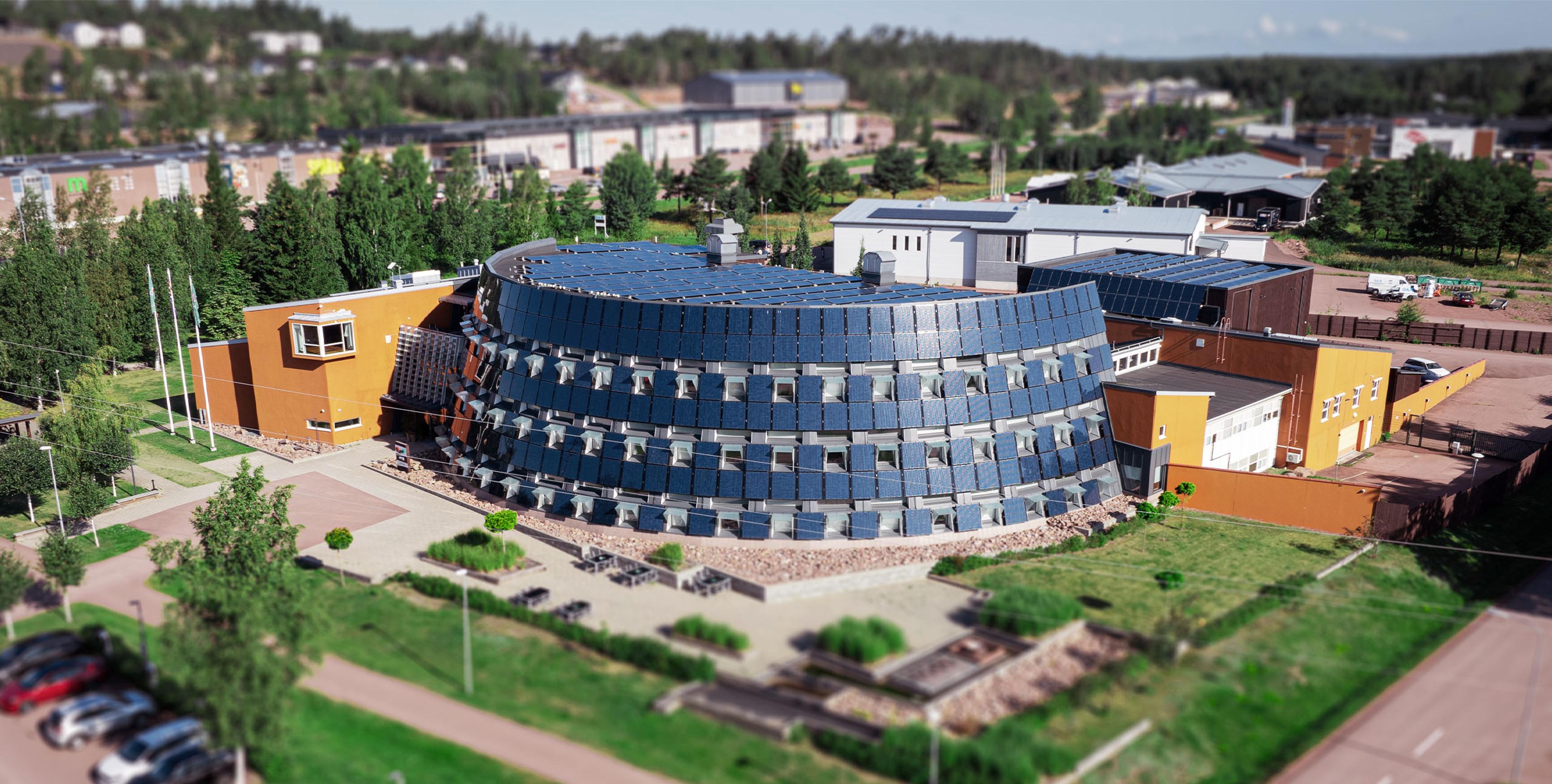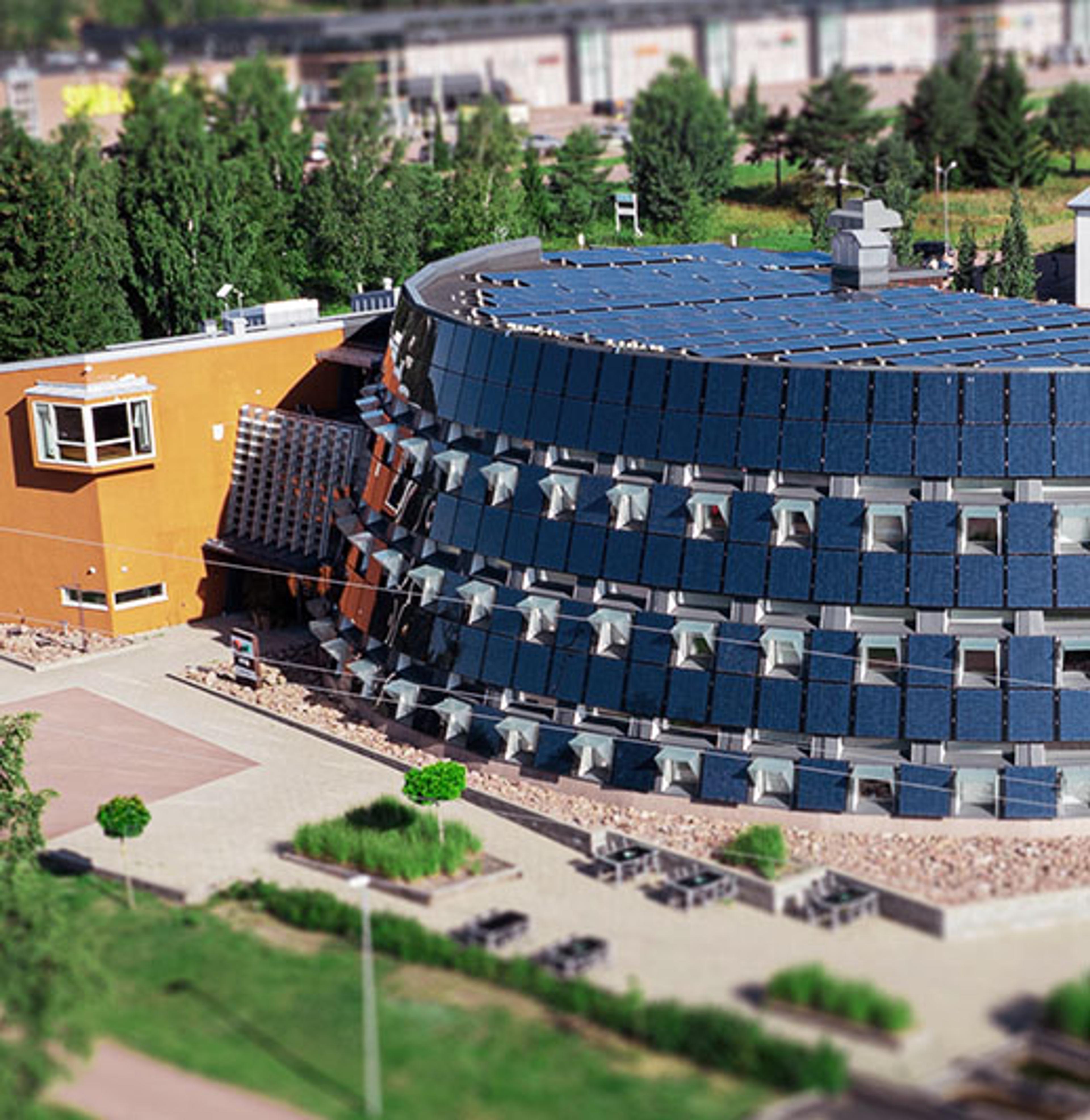Paf's comprehensive carbon accounting report
Paf's climate impact decreased from 2023 to 2024. Paf has conducted a comprehensive review of the environmental effects of its operations. The calculation is an important part of Paf's goal to reach Net-Zero by 2040.
In 2024, Paf's entire operations had a total climate impact of 5,408 tCO₂e, which is a decrease from 2023, which resulted in 5,533 tCO2e. Emissions intensity, which measures total emissions in relation to Paf’s turnover, also declined: from 32.16 tCO₂e per €1M in 2023 to 29.55 tCO₂e per €1M in 2024.
“We have successfully managed to grow Paf as a company without increasing our climate impact. This is an environmentally sustainable development,” says Daniela Johansson, Deputy CEO & Chief Responsibility Officer.
Paf began calculating its climate impact already in 2016 according to the GHG Protocol standard. Over the past two years, Paf has expanded the calculation to cover almost the entire organisation.
“Our climate calculation includes at least 95% of all emissions. It offers a comprehensive overview of our business and plays a crucial role in our goal to reach Net-Zero by 2040,” says Ludvig Winberg, Corporate Communication Manager.
On the road to Net-Zero 2040
Paf has set ambitious goals for its environmental work, with a firm commitment to achieving Net-Zero emissions by 2040. Net-Zero means reducing the climate impact of Paf’s operations by 90%. In the winter of 2024, this target was officially validated by the independent organisation Science Based Targets initiative (SBTi).

“Paf's commitment to environmental issues is substantial and ambitious. It demonstrates our intention to be a leading company in environmental sustainability, which is part of our broader strategy to be a sustainable entertainment company,” says Ludvig Winberg, Corporate Communication Manager.
The SBTi standard is based on scientific environmental targets that follow the Paris Agreement's goal of limiting global warming to 1.5°C. Companies that commit to SBTi's Net-Zero target are working to combat climate change and support environmentally sustainable development.
More renewable energy
Paf's scope 2 climate impact has decreased in 2024 compared to 2023. Scope 2 emissions consist mainly of Paf's direct climate impact for all offices. One explanation for the decrease is an increased use of renewable energy and better activity data in GHG measurement.

“Comparing 2024 with 2023, Scope 2 emissions have decreased from 48.7 to 18.04 tonnes of carbon dioxide equivalent. For example, we have managed to get more accurate data for our office in Malta, and our office in Riga has switched to environmentally certified energy, which has had a positive impact,” says Ludvig Winberg.
Paf's scope 2 climate impact is calculated using a market-based method that better reflects Paf's active choice of renewable energy. However, Paf's scope 1 emissions have increased as a result of more kilometres being driven by the company's vehicles.
Better activity data from suppliers
The majority of our climate impact comes from scope 3, representing 99.04% of our total emissions or 5 356 tCO₂e, down from 5 456 tCO₂e in 2023.
“We have reduced our indirect environmental impact in scope 3, mainly because we have been able to get access to better activity data from some of our key suppliers. We will try to improve this further in the coming year,” says Ludvig Winberg.
The scope 3 measurements cover all indirect categories relevant to Paf. In scope 3, most emissions come from purchased goods and services - 3,430 tCO₂e, which is largely due to the IT equipment and marketing that Paf purchases.
Read Paf's carbon accounting report 2024
Published: 23 april 2025
News with same tag

Paf expands its employee-driven donation to €150,000
Paf has once again given all employees the opportunity to donate funds to good causes — and this year the amount was raised to €150,000.
Published: 18 december 2025

Paf Becomes Main Partner of the Finnish Ski Association
The Finnish Ski Association and Paf have signed a long-term partnership agreement extending through 2030. Paf will become the official main partner of the Finnish Ski Association when the new Finnish licensing system enters into force, provided that Paf is granted a licence.
Published: 11 september 2025

Climate Financing – a Key Part of Paf’s Environmental Efforts
Paf has engaged in climate financing every year since we began measuring our climate impact. Climate financing helps accelerate the transition to more environmentally friendly practices. This year’s contribution was directed to a project in South America.
Published: 12 juni 2025

